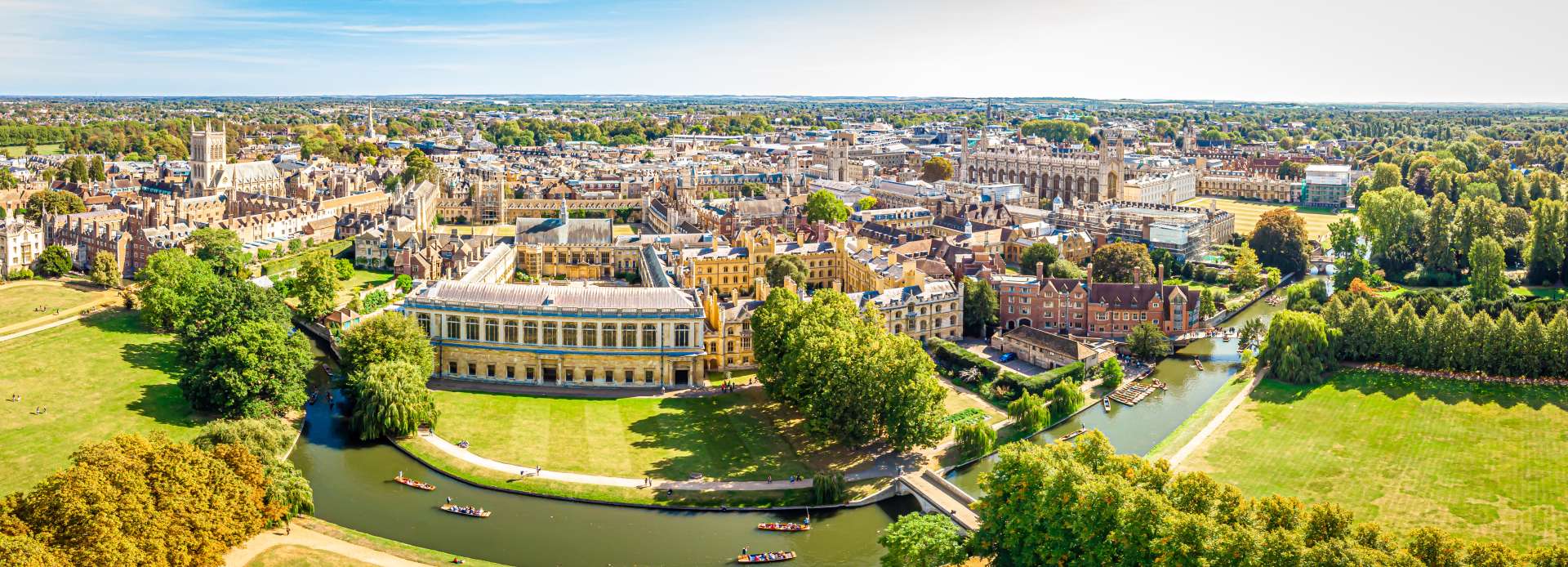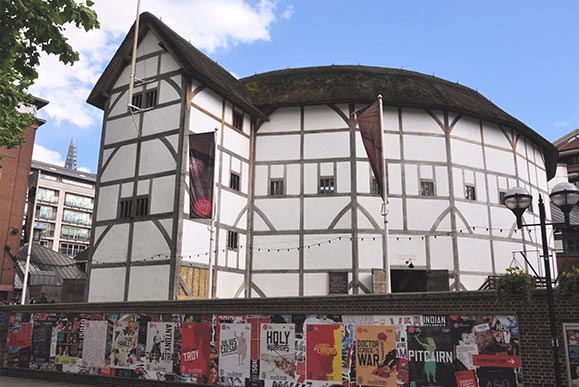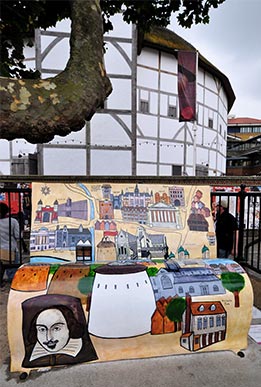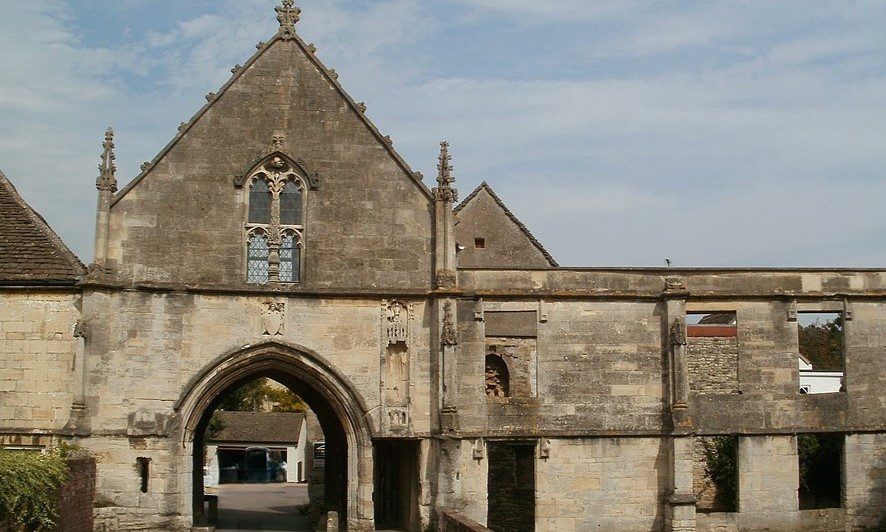
St Dunstan in the East — London’s Hidden Ruin Garden
Discover a Bomb-Damaged Church Transformed into a Peaceful Urban Sanctuary St Dunstan’s Hill, London EC3R 5DD
Specification
A Sanctuary of Stone and Silence
Tucked between London Bridge and Tower Hill, St Dunstan in the East feels a world away from the City’s busy streets.
Originally built around 1100, the church was expanded by Sir Christopher Wren after the Great Fire of 1666, then almost destroyed again during the Blitz of 1941.
Instead of being rebuilt, its Gothic walls and graceful arches were left standing — later transformed into one of London’s most tranquil public gardens.
From Church to Garden
The church was named after St Dunstan, a 10th-century monk and Archbishop of Canterbury known for his learning and craftsmanship.
Following centuries of damage and restoration, Wren’s distinctive steeple was the only major part to survive the wartime bombing.
In 1967, the City of London Corporation converted the ruins into a garden, weaving plants and trees through the shattered windows and nave.
Therefore, St Dunstan in the East became not just a memorial to loss, but a celebration of renewal.
Exploring St Dunstan in the East
1. Gothic Ruins and Wren’s Steeple
Wren’s tower and spire rise above ivy-covered walls, while empty windows frame glimpses of the sky.
The combination of stone and foliage creates an atmosphere both solemn and serene — perfect for reflection or quiet photography.
2. The Garden Sanctuary
Palms, ferns, and climbing plants fill the former nave, their greenery softening the ancient stone.
Benches and fountains offer spots to pause, and the sound of water replaces the noise of the City.
In addition, the garden is a popular lunchtime retreat for locals and a favourite for photographers seeking peace and contrast.
3. A Place of Reflection
Though the church was never rebuilt, its ruins speak of resilience and renewal.
Every arch and stone bears witness to London’s ability to endure and adapt.
Moreover, seasonal flowers and sunlight through the windows make the garden beautiful in every season.
Learn more at the City of London official website
A Symbol of Peace and Persistence
St Dunstan in the East shows how London turns tragedy into tranquillity.
Its peaceful ruins remind visitors that history and nature can coexist in harmony.
Furthermore, it’s a rare example of post-war restoration that chose stillness over rebuilding.
Here, among fallen arches and thriving vines, the city finds its quiet heart.
Visiting St Dunstan in the East
How to Get There
Address: St Dunstan’s Hill, London EC3R 5DD
By Tube: Monument or Tower Hill Stations.
By Train: Fenchurch Street or London Bridge.
By Bus: Routes 15, 35, 40, 47, 133 stop nearby.
Opening Hours & Admission
Open daily, dawn to dusk. Free entry.
Facilities
Benches and fountains
Step-free access at main entrance
Nearby cafés and shops
Nearby Attractions
The Monument: Commemorates the Great Fire of London.
Leadenhall Market: Victorian covered arcade with shops and cafés.
Tower of London: Historic fortress on the Thames.
Sky Garden: Panoramic views from a modern rooftop garden.
Together, they form the City of London Secret Spaces Trail.
Why Visit St Dunstan in the East?
The St Dunstan in the East Garden is a place of quiet beauty and enduring hope.
It offers a rare moment of stillness amid the City’s rush, inviting reflection on London’s resilience.
Whether you’re a history lover, photographer, or seeker of peaceful corners, this hidden garden reveals a different side of the capital.
It’s not just a ruin — it’s a living symbol of renewal.






No Reviews